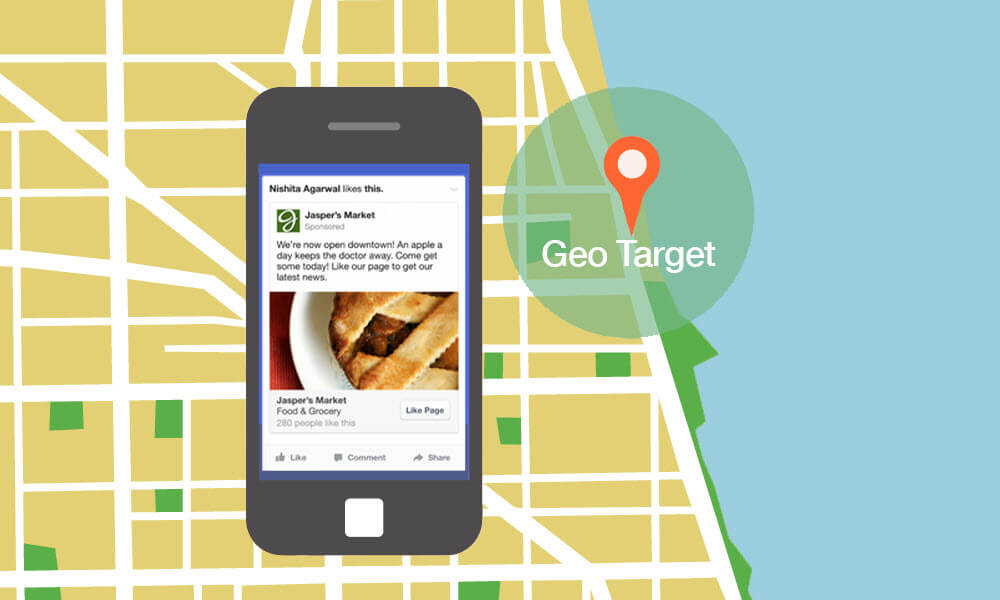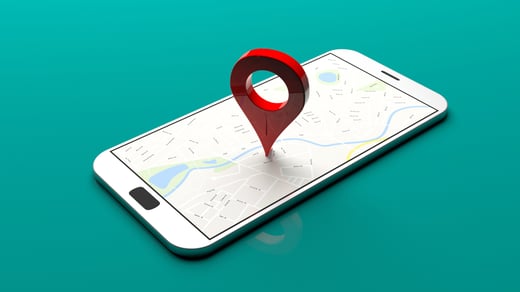Geo-targeted mobile ads deliver advertisements to users based on their geographic location. This method ensures relevant and timely content.
Geo-targeted mobile ads provide businesses with a powerful tool to reach local audiences effectively. By using GPS and IP address data, marketers can tailor their messages to specific geographic areas. This increases the likelihood of engaging potential customers who are nearby.
Localized ads often lead to higher conversion rates because they address the immediate needs and interests of the audience. Businesses can also track the performance of these ads in real-time. This allows for quick adjustments to optimize results. Geo-targeting helps small and large businesses alike to maximize their advertising budgets by focusing efforts where they will have the most impact.

Credit: info.zimmermarketing.com
The Power Of Geo Targeting In Mobile Advertising
Geo targeting helps reach local audiences. Ads can target users based on their location. Local businesses benefit the most. They can attract nearby customers. This increases store visits and sales. Engagement rates are higher with local ads.
Personalization makes ads more relevant. Users see ads that matter to them. This improves the user experience. Relevant ads lead to better results. Advertisers get more clicks and conversions. Users feel more connected to the brands.
Geo Targeted Mobile Ads: How They Work
Geo targeting uses GPS, Wi-Fi, and Bluetooth technologies. GPS can locate a user’s device with high accuracy. Wi-Fi is used to pinpoint location indoors. Bluetooth helps in very short-range locations. Together, these technologies give precise location data.
Many apps and websites request location permissions. This allows them to serve location-based ads. These ads are more relevant to users. Advertisers use this data to target specific areas. They can also target users based on their movement patterns.
There are several types of geo targeted campaigns. Geo-fencing is one type. It creates a virtual boundary around a location. Users entering this boundary receive specific ads. Geo-conquesting targets users near competitor locations. It aims to draw them to your business.
Beacon technology is another method. It uses small devices to send ads to nearby smartphones. These campaigns are highly effective for local businesses. They help increase foot traffic and sales. Weather-based targeting is also popular. Ads change based on current weather conditions.
Benefits Of Geo Targeted Ads For Local Businesses
Geo targeted ads reach people nearby. They are more likely to visit your store. This leads to higher conversion rates. Nearby customers see your ads and take quick action. This means more sales for your business. Local ads are more relevant. People feel more connected to local businesses.
Geo targeted ads are cost-effective. They focus on a smaller area. You spend less money but reach the right people. This method saves money for local businesses. You get better results with a smaller budget. This is very efficient for small businesses. Local ads give a high return on investment.

Credit: www.jdmwebtechnologies.com
Crafting Effective Geo Targeted Ad Campaigns
Make ads for local users. Use local words and phrases. People like familiar things. Local images work best. Show local landmarks. Users feel connected. Colors should match local culture. This makes ads friendly. Always use simple language. Local users understand easily. Keep messages short. Users read them fast.
Send ads at the right times. Morning ads reach early risers. Evening ads catch night owls. Lunchtime ads grab busy workers. Weekends are good for families. Show ads often but not too much. Users dislike too many ads. Find a good balance. Track ad performance. Adjust timing as needed. This keeps ads effective.
Challenges And Considerations In Geo Targeting
Geo-targeted mobile ads face challenges like accurate location data and user privacy concerns. Marketers must consider regional regulations and device compatibility for effective campaigns.
Privacy And Data Concerns
Geo targeted ads use location data. This data can be very personal. Users may worry about their privacy. Companies must handle data carefully. They should respect user privacy. Sharing data without permission is not good. Laws protect user data in many places. Breaking these laws can lead to fines. Transparency is key. Users need to know how their data is used. Companies should explain their data policies clearly.
Navigating Local Cultural Nuances
Different places have different cultures. Ads must respect local customs. One message may not fit all. Companies need to do research. Understanding local culture helps make better ads. Offensive ads can hurt your brand. Respect is important. Ads should not upset people. Knowing local trends is useful. This helps in making ads more effective.

Credit: info.zimmermarketing.com
Measuring The Success Of Geo Targeted Mobile Campaigns
Key Performance Indicators help track campaign success. Click-through rate (CTR) is one important KPI. It shows how many people click on the ad. Conversion rate tells how many people take action after clicking. Cost per acquisition (CPA) shows how much it costs to get one customer. Return on ad spend (ROAS) helps to see if the ad makes money. Engagement rate shows how many people interact with the ad. These KPIs are essential for measuring success.
Campaign analytics provide valuable insights. They help to understand user behavior. Analytics show which ads work best. They also reveal demographic information. This includes age, gender, and location. Analyzing these details helps improve future ads. It helps to optimize the budget. Real-time data allows quick adjustments. Learning from analytics ensures better results in the future.
Frequently Asked Questions
What Is Mobile Geo-targeting?
Mobile geo-targeting delivers ads to users based on their geographic location. It uses GPS, Wi-Fi, or cellular data. This strategy ensures relevant, location-specific ads, improving engagement and conversion rates. Effective geo-targeting enhances user experience and boosts marketing success.
What Is An Example Of Geo-targeting Advertising?
An example of geo-targeting advertising is a local restaurant displaying ads to users within a 5-mile radius. This targets potential customers nearby.
Can You Target Google Ads Geographically?
Yes, you can target Google ads geographically. Choose specific locations like countries, cities, or even a radius around a location. This helps reach your audience effectively.
What Is Geolocation Advertising?
Geolocation advertising targets users based on their real-time physical location. It delivers relevant ads to nearby potential customers. This method increases engagement and conversion rates. Businesses can tailor promotions to specific areas, enhancing local marketing efforts.
What Are Geo Targeted Mobile Ads?
Geo targeted mobile ads display advertisements based on the user’s geographic location to ensure relevance and effectiveness.
Conclusion
Geo targeted mobile ads offer precise reach and higher engagement. They help businesses connect with local audiences effectively. Embrace this powerful marketing tool to boost your brand’s visibility. Stay ahead in the competitive market by leveraging geo targeted ads. Optimize your campaigns for better results and increased ROI.
